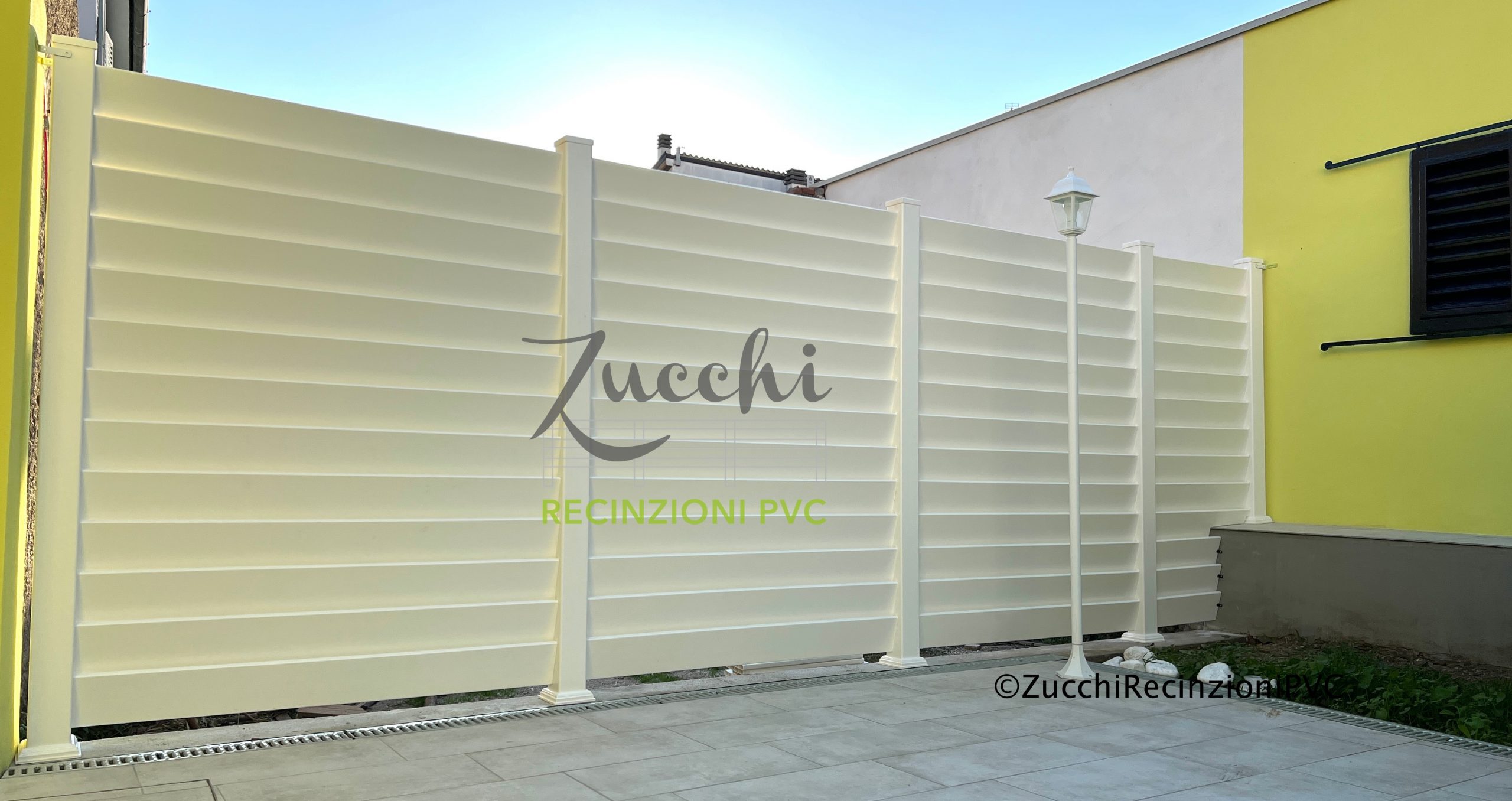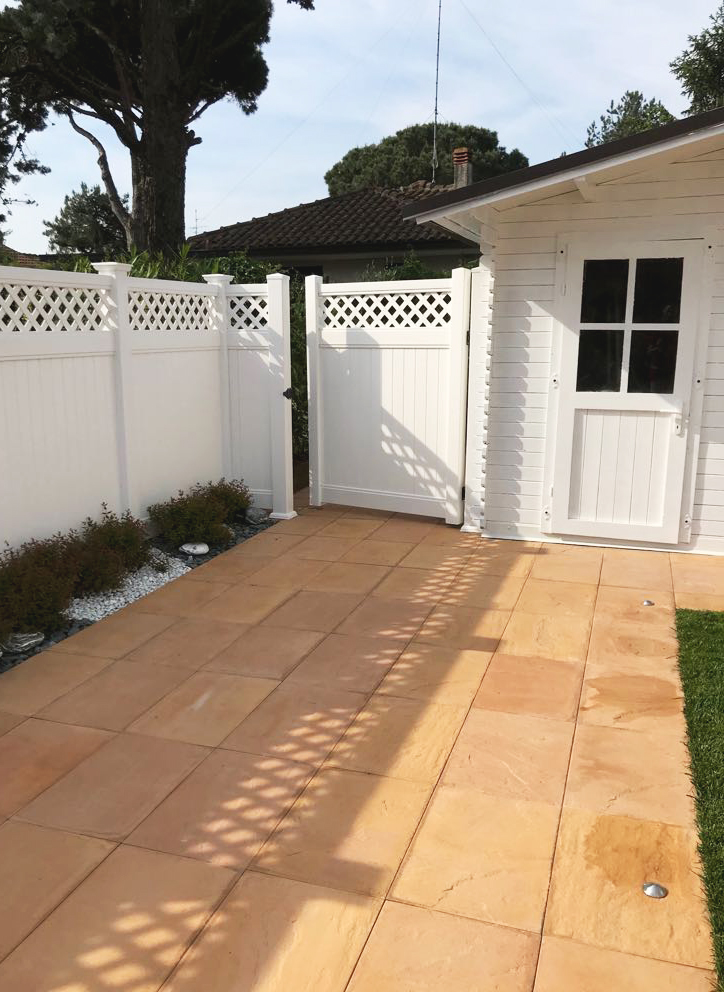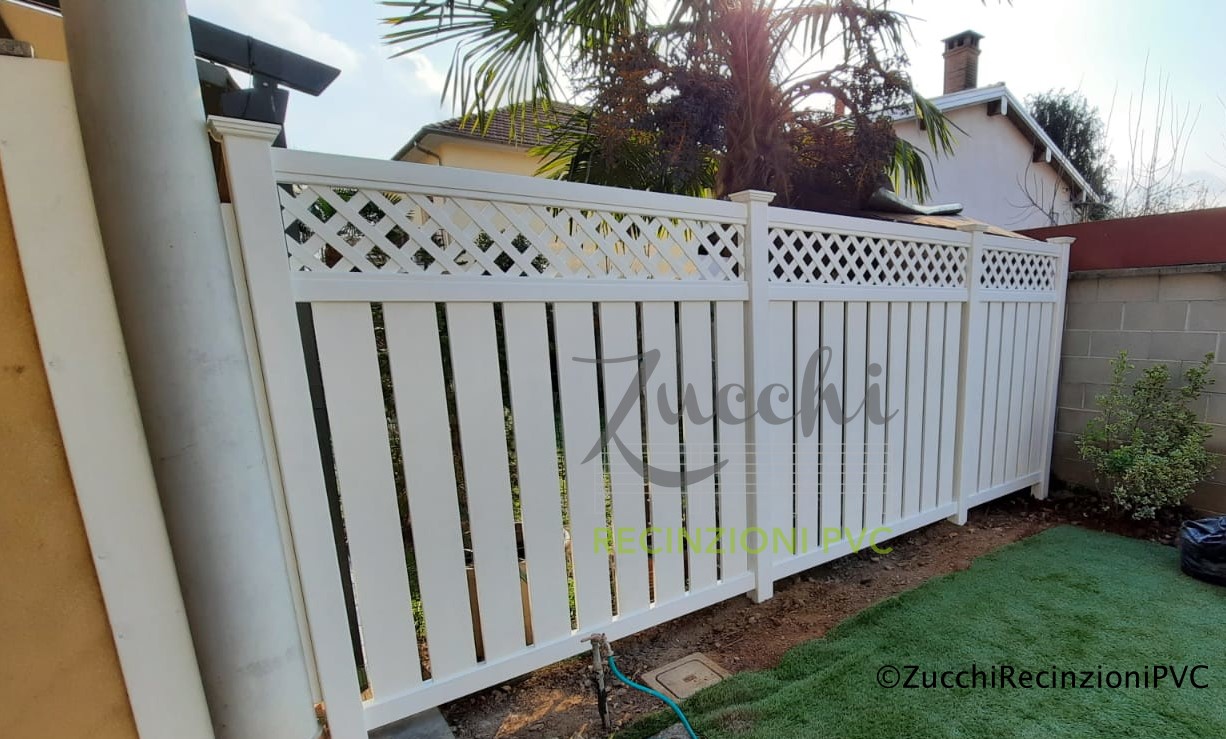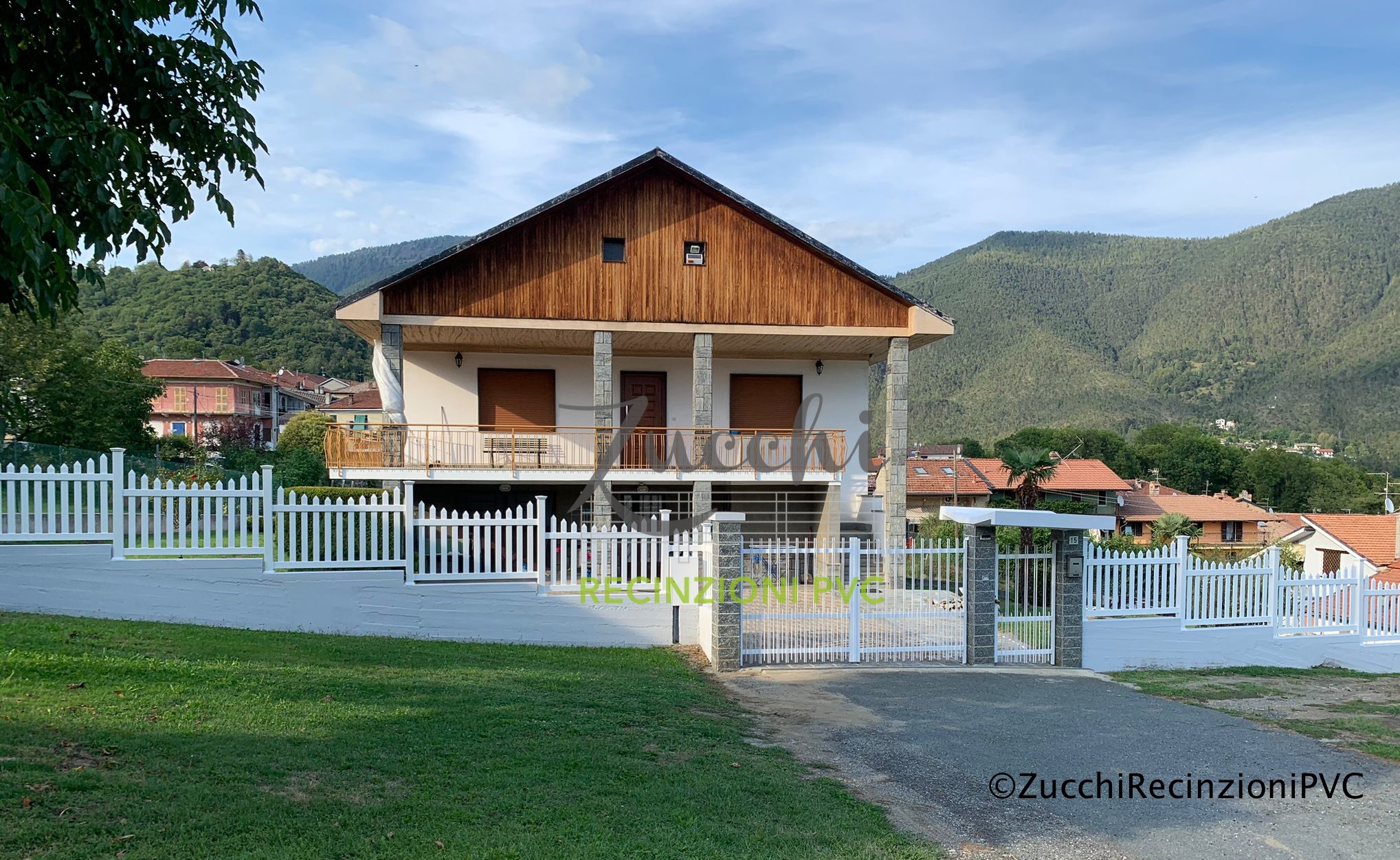Separate the balcony with style: easy DIY ideas
DIY Projects: 3 Balcony Dividers You Can Make in a Weekend
If your balcony needs a bit of privacy or you simply want to separate spaces in a creative way, you’re in the right place. Today, I’m sharing three easy, quick DIY projects that can be completed in just one weekend. No complicated tools or expensive materials—just practical, customizable ideas, perfect for anyone who loves hands-on projects without the stress. Ready to transform your outdoor corner? Scroll down and find the project that best fits your style and needs!
The Pallet Divider: Rustic and Super Versatile
The first project I recommend is one of the most loved by DIY enthusiasts: the wooden pallet divider. This material is easy to find, affordable, and allows you to create a truly unique partition. Just a pallet, some nails or screws, and a bit of colorful paint can turn it into a standout dividing wall.
.
You can leave it raw for a natural, rustic effect or paint it in bright colors to add a cheerful touch. If you like, you can also add small shelves for plant pots or hooks to hang decorative lights. The great thing about this project is that you can customize it however you want and move it easily whenever you like.
Working with a pallet only requires a bit of patience to sand the surfaces and make sure there are no splinters. If you prefer, you can also use the pallet horizontally to create a lower barrier, perfect if you don’t want to close off the space too much. In just one weekend, you’ll have a divider that adds both character and functionality to your balcony!
Curtain and Rod Divider: Simple and Quick
If you want something lighter and more flexible, the second project is perfect for you. All you need are a couple of wooden or metal rods and curtains or fabrics you like. You can choose sheer curtains to let the light through or thicker fabrics for total privacy.
The great thing about this divider is that you can set it up in just a few hours, without the need for complicated tools. You just need to secure the rods to the floor or ceiling, or use special brackets, and hang the curtain. You can change the fabric whenever you want to refresh the balcony’s look according to the season or your mood.
Moreover, this system is perfect if you like the idea of creating a space that feels like a little oasis. You can pair the curtains with some climbing plants or LED lights for a truly magical evening effect. In short, this project is a great compromise between aesthetics, functionality, and speed.
Woven Wood Panel Divider: Elegant and Natural
The third divider I’m suggesting is a bit more sophisticated but still accessible to everyone. It’s a partition made with woven wood panels, a light and natural material that adds a touch of elegance to the balcony. These panels are easy to find in DIY stores and are ready to be assembled.
You can attach the panels to a simple frame made of wooden slats, or directly to the balcony railing, depending on the available space. The weave lets some air and light through, while still providing privacy and a cozy atmosphere.
To customize the project, you can paint the panels in light colors for a Nordic effect or dark colors for a more modern and minimal look. If you’re feeling creative, you can also add decorations, like ribbons or hanging plants, to make your divider truly unique.
In just two days, you’ll have created an elegant divider that will impress all your friends and transform your balcony into a true relaxation corner.
Alternative Materials: Wood, Fabrics, and PVC Compared
When thinking about a balcony divider, the choice of material is crucial. It needs to be attractive, durable, and suited to the style you want to create. In this article, I’ll help you understand the pros and cons of three commonly used materials: wood, fabrics, and PVC. Each has its own character and functionality, and I’ll guide you in choosing the perfect one for your space and needs.
Wood: Naturalness and Warmth in Every Detail
Wood is one of the most loved materials in DIY because it instantly brings a natural, warm touch to the balcony. You can find different types, such as pine, fir, or treated wood, each with slightly different characteristics. One of the great things about wood is that you can paint it or leave it raw for a very cozy, rustic effect.
Wood is quite sturdy and also adapts well to the elements, especially if treated with protective coatings. However, it requires some maintenance: occasionally you’ll need to sand it and apply a new layer of sealant. If you enjoy working with your hands and customizing your projects, wood is truly very satisfying.
Moreover, with wood you can create solid and modular structures, perfect for separating space but also for placing pots or decorative lights. The cost can vary greatly depending on the type of wood chosen, but there are affordable and effective options even for limited budgets. In short, if you love a warm and natural atmosphere, wood is the right material.
Fabrics: Lightness and Flexibility for Every Style
If you prefer something lighter and more dynamic, fabrics are a truly versatile choice. You can use them as curtains, panels, or coverings to create dividers that move with the wind and bring color and softness. Fabrics allow you to easily change the look of your balcony simply by swapping the material.
A huge advantage of fabrics is how easy they are to install: all you need is a rod or a simple frame to hang them, and you’re done. You can choose sheer fabrics to let light in or thicker ones for greater privacy. Additionally, there are technical fabrics treated to resist rain, sun, and fading.
A small tip: look for fabrics that are easy to wash and remove, so you can keep them clean and fresh. Fabrics add a touch of lightness and an almost poetic effect to the balcony, perfect if you want a relaxing and unobtrusive space. If you enjoy playing with colors and patterns, this is the perfect solution.
PVC: Practicality and Durability Without Complications
PVC is perhaps the most practical material you can choose. It’s lightweight, durable, and above all, very easy to clean. It doesn’t require any special maintenance, making it ideal if you don’t want to worry too much about weather or dirt. With PVC, you can find panels, sheets, or modular units to create modern and functional dividers.
Another advantage of PVC is its resistance to the elements: sun, rain, and wind don’t easily damage it. This means your divider will last a long time without losing its original appearance. Additionally, there are many different finishes, from smooth and modern to wood-like textures, so you can choose the one you like best.
PVC is also very easy to install, often using interlocking systems or lightweight supports, perfect if you want to assemble and disassemble the divider according to the seasons. If you’re looking for a low-maintenance solution, PVC is definitely a material to consider.
Which Material to Choose for Your Balcony?
Now that you have an overview of wood, fabrics, and PVC, the choice depends largely on what you want to achieve and how much time you want to dedicate to the project. If you love hands-on work and want a warm, customizable divider, wood is the best option. If, on the other hand, you prefer to change the look often and have a light, airy space, fabrics are perfect.
If instead you want something practical, durable, and worry-free, PVC will give you peace of mind and functionality. You can also mix materials: for example, a wooden frame with colorful fabrics or decorative PVC panels. The important thing is that your divider reflects your taste and makes the balcony your special corner.
Little Tricks to Enhance Your Divider
Whatever material you choose, a few extra details can make a difference. Add LED lights to create ambiance, or hang plants and flowers for a natural touch that blends perfectly. If you use wood, don’t forget to protect it with specific products to extend its lifespan.
With fabrics, play with colors and patterns to match the season or your mood. And with PVC, you can choose decorative or 3D-effect panels for a modern and original result. Always remember to measure your space carefully before buying materials and to choose products resistant to your local climate.
Common Mistakes: What to Avoid When Creating a DIY Divider
Creating a DIY balcony divider is a very rewarding project, but even simple mistakes can complicate the work. That’s why I want to help you avoid the most common pitfalls, so you can enjoy your outdoor space without worries. Read carefully and discover what NOT to do, saving time, money, and a lot of frustration!
Ignoring Exact Measurements: The Number One Enemy
One of the most common mistakes is not measuring properly before starting. It may seem obvious, but it often happens that people underestimate the available space or the size of the divider. If you don’t measure accurately, you risk buying the wrong materials or having to cut everything at the last minute.
Take the time to use a tape measure and mark every detail, such as height, width, and surrounding space. Also consider any obstacles like railings, electrical outlets, or gutters. If possible, make a sketch with the dimensions and draw how you want to position the divider. This way, you’ll have a clearer plan and no surprises.
Don’t underestimate the importance of a good plan: a divider that is too big or too small can ruin the balcony’s aesthetics and functionality. Trust me, precision is your best friend in any DIY project!
Choosing Unsuitable Materials: Pay Attention to Climate and Maintenance
Another mistake to avoid concerns the choice of materials. Sometimes people opt for what looks most attractive or cheap, without considering if it’s suitable for outdoor use. If the balcony is exposed to sun, rain, or wind, you need to choose materials that are durable and easy to maintain.
For example, untreated wood can deteriorate quickly if you don’t protect it with paint or sealant. Non-waterproof fabrics risk fading or molding. And some types of plastic can warp under the sun. Make sure to research before buying and look for materials specifically designed for outdoor use.
Remember: the divider should last over time and maintain a good appearance without too much care. If you choose unsuitable materials, you might have to replace it very soon, wasting time and money. If in doubt, always ask for advice from the seller or DIY experts.
Rushed Assembly and Inadequate Supports: Safety First
When you’re excited to see your divider finished, you might be tempted to assemble it quickly and without much care. This is a mistake to absolutely avoid. A sloppy assembly can cause stability and safety issues, and even damage the balcony or the divider itself.
Always make sure to use the right tools and securely fasten every component, especially if the divider needs to withstand wind or be stable for your safety. If you use screws, anchors, or brackets, check that they are suitable for the type of wall or floor you’re working on.
If you don’t feel confident, ask for help or watch detailed tutorials before starting. A few extra minutes for a job done right are better than having to redo everything—or worse, risking accidents. You can never be too safe!
Forgetting Condominium or Neighborhood Rules
A often overlooked mistake is not checking the condominium or local regulations before installing a divider. In some areas, there are restrictions on height, materials, or colors to use. Ignoring these rules can lead to fines or having to take everything down.
Before starting, check the specific rules for your balcony. Ask the condominium administrator or consult local regulations. This way, you’ll avoid unpleasant surprises and can design the divider in full compliance with all rules.
Remember that a good DIY project must also be “legally” perfect, so you can enjoy the result without stress or issues.
Neglecting Aesthetics and Harmony with the Space
Finally, a common mistake is focusing only on functionality and forgetting aesthetics. The divider should be practical, of course, but also attractive and in harmony with the rest of the balcony. A poorly matched or overly bulky divider can make the space feel unpleasant or claustrophobic.
Before choosing shapes, colors, and materials, consider your balcony’s furniture and style. Do you want a modern, rustic, minimalist, or colorful space? Try to maintain a balance between functionality and design, so the divider becomes a charming element, not just an obstacle.
If you’re undecided, get inspiration from magazines, social media, or DIY blogs. You can also create a mood board with images and ideas to have a clear vision of the final result.
Inspiration from Around the World: How Different Cultures Furnish Balconies
The balcony is a precious space, a corner to live in and personalize. But did you know that every culture has its own unique way of furnishing it? In this post, I’ll take you on a journey around the world to discover how different traditions transform this small outdoor space into an oasis of style, functionality, and atmosphere. Ready for some inspiration? Let’s go!
The Mediterranean: Colors, Plants, and Sociability
When you think of Mediterranean balconies, you immediately imagine warm colors, lush plants, and a sociable spirit. Here, the balcony is almost an outdoor room, where time is spent chatting and enjoying light meals. Locals love using plants like bougainvillea, jasmine, and lavender to create a fragrant and welcoming corner.
Furniture is often made of wrought iron or wood, simple yet elegant, with colorful cushions that add vibrancy. A commonly used element is light curtains, which protect from the sun without blocking air and light. In Mediterranean countries, the balcony becomes a social space, where people meet friends or enjoy a moment of relaxation.
If you want to recreate this style, think of plenty of flowering plants, warm colors like terracotta, and natural materials. The idea is to make your balcony feel like a little secret garden, where time seems to slow down.
Japan: Minimalism and Zen Harmony
In Japan, the balcony is a place of peace and meditation. The style is very different from the Mediterranean: minimalism and attention to detail prevail here. Small spaces are transformed into Zen oases with a few plants, stones, and small decorative elements.
The materials used are often natural, such as bamboo, light wood, and stone, to create a simple yet very elegant environment. Japanese balconies avoid excess; every element has meaning and function. Even the lighting is carefully considered, with lanterns or low-energy lamps creating a calm atmosphere.
If you like the idea of a minimal yet relaxing balcony, try reducing the number of elements and choosing simple plants, like small bonsai or ferns. Remember that less is more, and visual simplicity helps create a Zen environment perfect for clearing your mind.
Scandinavia: Functionality and Comfort All Year Round
In Scandinavian countries, balconies must withstand harsh seasons, so the focus is on creating a space that is functional and comfortable even in winter. The design emphasizes durable materials and practical furniture, without sacrificing style.
Nordic balconies often have wooden floors or insulating materials, and comfortable seating with cushions and blankets to protect against the cold. The colors are neutral, with many shades of grey, white, and beige, to add brightness even on the gloomiest days.
A typical detail is the soft, warm lighting, which makes the space cozy and perfect for enjoying a hot drink even in low temperatures. The chosen plants are hardy and simple, such as small evergreens or aromatic herbs to use in cooking.
If you want to furnish your balcony in Scandinavian style, think about comfort and practicality, but choose materials and colors that keep the atmosphere warm even during the coldest months.
How to draw inspiration and adapt it to yourself
Now that you’ve seen how different cultures furnish their balconies, you can take inspiration for your own outdoor space. There’s no need to copy everything, but you can mix ideas and styles to create something unique. For example, you could use Japanese minimalism but add some Mediterranean plants for a touch of color.
Remember that the balcony is an extension of your home and your personality. Choose elements that make you feel good and reflect your lifestyle. Even small changes, like a new cushion or a unique plant, can make a difference.
Share This Story, Choose Your Platform!







Leave A Comment